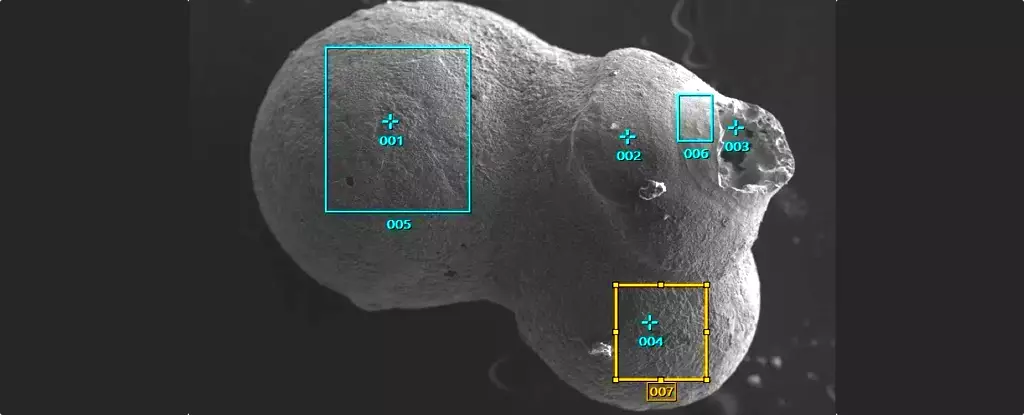Upon hearing about the seismic signals believed to be caused by an interstellar meteor falling to Earth, many were captivated by the idea of evidence of alien technology. However, recent findings suggest that the truth behind these signals may be much closer to home than initially thought. The team of scientists who visited the supposed impact location and dredged up tiny spherules from the seafloor now face a new challenge to their claims.
The seismic monitoring data used to track the path of the hypothetical object indicated something unexpected – rather than a meteorite hitting the planet, the signals may have been caused by a passing truck rumbling down a nearby road. Planetary seismologist Benjamin Fernando of Johns Hopkins University highlights the difficulty in confirming the source of a signal, but the characteristics exhibited by the signals align more closely with those expected from a passing vehicle than an interstellar object.
When large chunks of rock enter the atmosphere, they can explode before burning up. It is not uncommon for fireball meteors to strike Earth, known as bolides, with sophisticated tracking systems in place to monitor their entry into the atmosphere. The case of the suspected interstellar meteor, CNEOS 2014-01-08, drew attention due to its anomalously fast velocity, leading to an investigation by astrophysicists Avi Loeb and Amir Siraj of Harvard University.
Challenging the Initial Findings
However, a closer examination of the seismic data by Fernando and his team revealed discrepancies in the trajectory measurement made by the researchers. Data from multiple monitoring stations indicated a landing area significantly further from the impact location identified by Loeb and Siraj. The precision of the trajectory measurements raised concerns, as they exceeded the accuracy of comparable measurements made using data from multiple seismic stations.
It is essential to acknowledge the challenges posed by interpreting signals and distinguishing natural occurrences from human-made noise. The history of misinterpreted signals, such as radio astronomers mistaking a microwave oven signal and a mistaken gamma-ray burst, underscores the complexities of identifying genuine astronomical events.
Rethinking Extraterrestrial Claims
While the allure of discovering signs of extraterrestrial intelligence is undeniable, the need for substantial evidence to support such claims remains paramount. The abundance of meteoritic spherules on Earth, combined with the overestimated velocity of CNEOS 2014-01-08, casts doubt on the initial hypothesis of an interstellar origin. Despite the intrigue surrounding the supposed alien technology evidence, the reality may point to a more earthly explanation.
The journey of unraveling the truth behind mysterious seismic signals reminds us of the intricacies involved in decoding astronomical events. By challenging initial claims and exploring alternative explanations, scientists strive to uncover the realities hidden within the vast unknowns of the universe. As we continue to delve into the depths of space and time, the pursuit of knowledge and understanding remains a guiding light in our quest for truth and discovery.


Leave a Reply